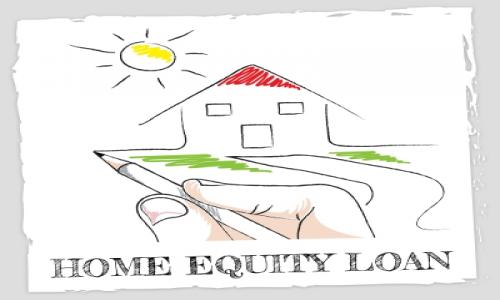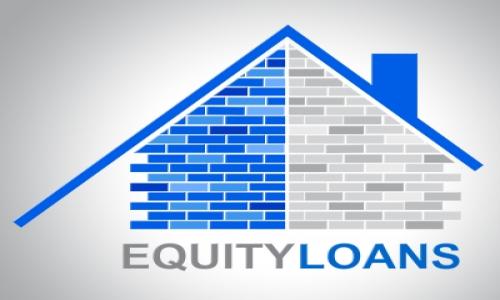I have plenty of friends who have paid off their mortgages and loans as soon as they came into money, and vowed, ever since, never to take out another loan in their lives.
While that sentiment may bode well for those of extraordinary net worth, it overlooks the value that home equity lines of credit can provide to those of more ordinary means (normal folk and even the merely wealthy) in their financial planning.
Basics of Home Equity Lines of Credit
Let’s examine the basics of home equity lines of credit first in order to understand what makes them appealing. First, home equity lines of credit are typically less costly and more flexible than home equity loans. Importantly, as the borrower, you only borrow the amount that you need, and thus you only pay interest on the amount that you need and draw. And, while the payback schedule, therefore, is highly flexible, the amortization schedule ordinarily does not require payback of the principal drawn until year 10. In other words, the home equity lines of credit are interest only loans for the first 10 years.
Typically, lenders will lend from $200,000 up to $500,000.
Key Advantages for the Affluent
Since you pay interest only as you go and on what you draw out over the first 10 years, the affluent, particularly those who are self-employed, can use a home equity line of credit to float day-to-day expenses. According to Janis Bronstein, a Vice President at FM Home Loans, a Hamptons, NY-based mortgage brokerage, home equity can even out uneven expenses and provide a bridge for other purposes, such as home improvements or auto purchases. If you qualify, you can even use a home equity line of credit to finance the purchase of another home while you are trying to sell your current home. To do this you need to meet the debt to income ratio guidelines and down payment guidelines set forth by the new mortgagor.
The new mortgagor will base their calculations for qualifying based on the assumption that your line of credit is fully drawn.
Pricing and Qualification
The pricing of a home equity line of credit varies from lender to lender. You can see the pricing offered by some lenders here. In general, it is important to understand that the rate of a home equity loan is based on the prime lending rate (“prime”) which is the rate that commercial banks charge their most creditworthy customers. Most lenders add on a margin above the prime rate, and the home equity line, of course, is dependent on your credit score falling within certain parameters and the loan-to-value of what you are financing.
When determining whether you qualify for a home equity line of credit, lenders usually assume that the prime lending rate moves 2% higher than it is on the pricing date (or higher) and look at your ability, based on your cash flow, to pay back the loan with principal amortization over a 20-year term. They perform this stress test to be sure you will have the ability to meet the loan even with fluctuations of prime and a shorter repayment period that might be stated in the loan.
Some Possible Disadvantages
Ms. Bronstein also points out that while home equity loans are generally more flexible and cheaper than home equity loans and less burdensome than credit cards, they do bear risks and disadvantages.
One real risk in a home equity loan is found in the fact that repayment terms are tied to the prime lending rate fluctuates, and may fluctuate greatly. The prime lending rate is more likely to inch up, as opposed to down, over the next few years, as the Federal Reserve raises the Fed Funds rate.
Consumers, therefore, should also analyze whether it makes more sense than a cash-out mortgage refinance. For example, with prime right now at 4.25%, the BestCashCow mortgage refinance tables show a 30-year fixed rate of 3.75% on the date of this publication. That rate and that product may make more sense for a borrower who is going to keep the cash out for a lengthy period. However, some borrowers intending to keep cash out and attracted to the lower rates may will still find home equity lines of credit to be the product of choice, as they can often go up to 90% of the value of the property against which they are issued, and avoid the need for private mortgage insurance (PMI).
See the best home equity line of credit rates where you live here.











Add your Comment
use your Google account
or use your BestCashCow account